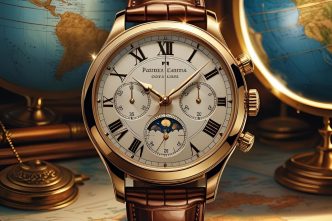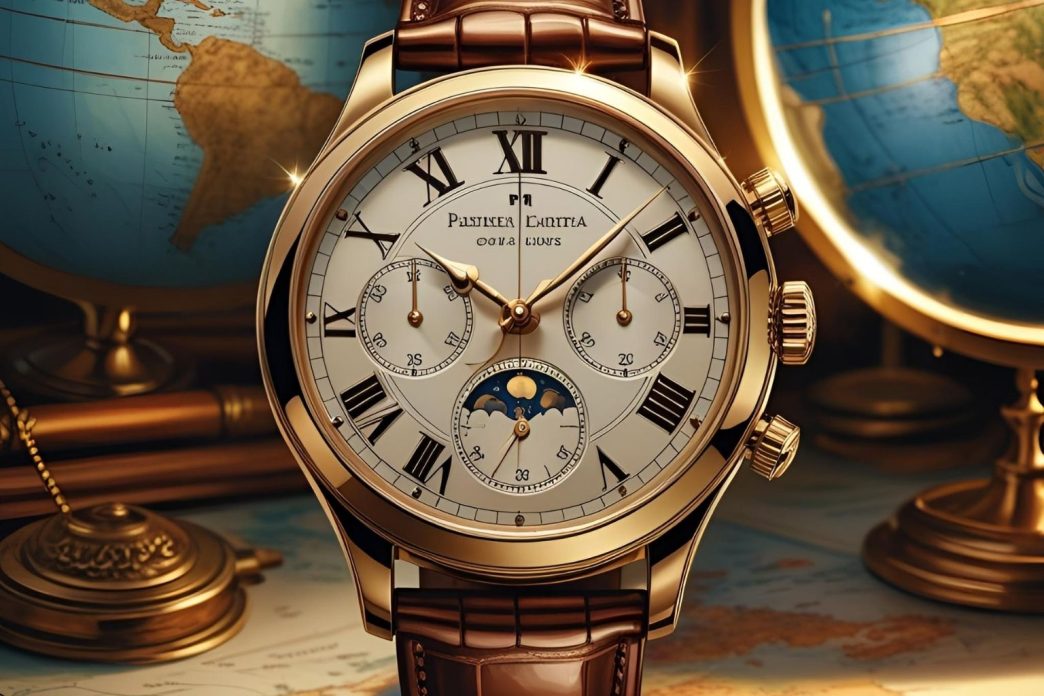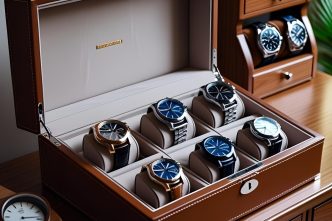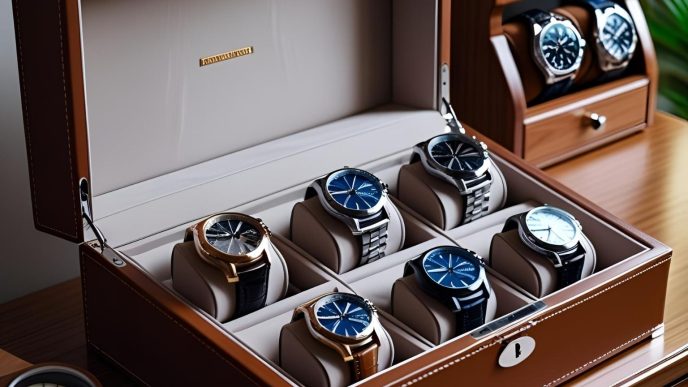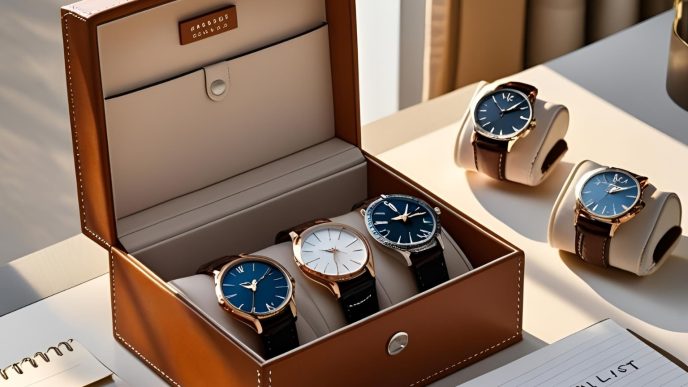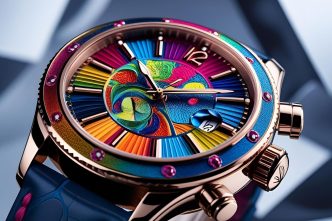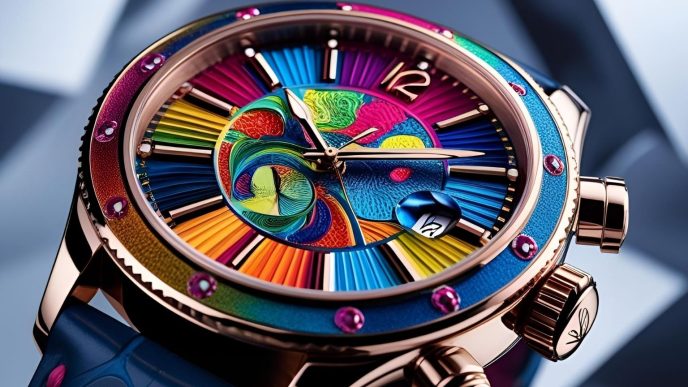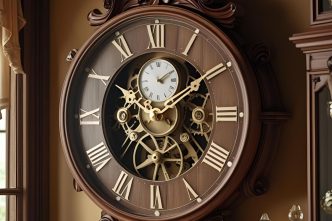From Queen’s Wrist to Global Icon: The Powerful Evolution of the Wristwatch
Wristwatches are among the most worn accessories in the world today—symbols of style, precision, and personal identity. But few people know that this essential timekeeping tool didn’t begin as a functional device for men. In fact, the wristwatch was originally created as an elegant ornament—for women. Here’s how a piece of royal jewelry evolved into a battlefield essential and, eventually, a global fashion icon.
👑 Born in Elegance: The First Wristwatches Were for Women
The story begins in the 16th century, when European aristocracy began wearing “bracelet watches.” These ornate accessories, worn by noblewomen, were as much about status and beauty as timekeeping. The first documented wristwatch was made in 1812 by Abraham-Louis Breguet for Queen Caroline of Naples, Napoleon Bonaparte’s sister.
These early wristwatches were delicate, handcrafted, and rare—symbols of luxury rather than practicality.
🪖 War Changed Everything: How Men Adopted the Wristwatch
For centuries, men relied on pocket watches—seen as more masculine and refined. But during World War I, practicality took over tradition. Soldiers on the front lines needed to check the time quickly, without fumbling in their coats. Thus, the wristwatch became a battlefield necessity.
This shift transformed public perception. No longer a “woman’s accessory,” the wristwatch became a symbol of strength, efficiency, and modernity for men.
🕰️ A Timeline of Evolution
- 1500s–1800s: Ornamental wristwatches worn exclusively by women.
- Early 1900s: Military adoption by men during World War I.
- Mid-20th Century: Explosion of wristwatch production for men and women alike.
- Today: Smartwatches, luxury watches, and collectible mechanical models dominate the market.
🔍 Why This History Still Matters
Understanding the wristwatch’s journey helps us appreciate it not just as a tool, but as a reflection of culture, war, fashion, and gender roles. Today, whether it’s a high-end mechanical timepiece or a digital smartwatch, the wristwatch is still evolving—but its legacy is rooted in royalty, revolution, and resilience.


